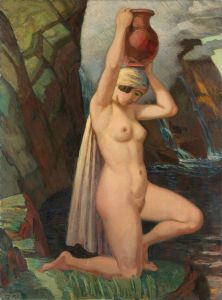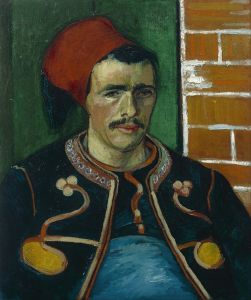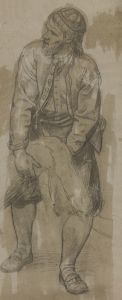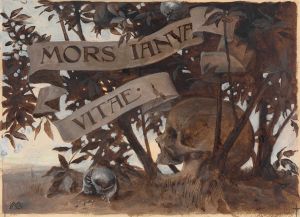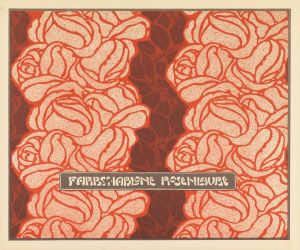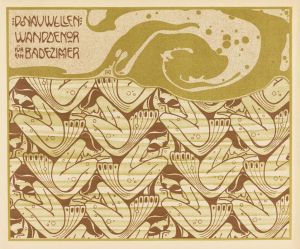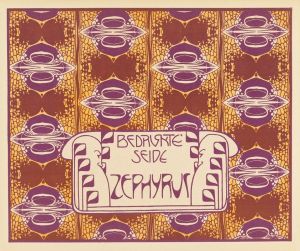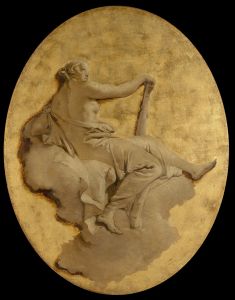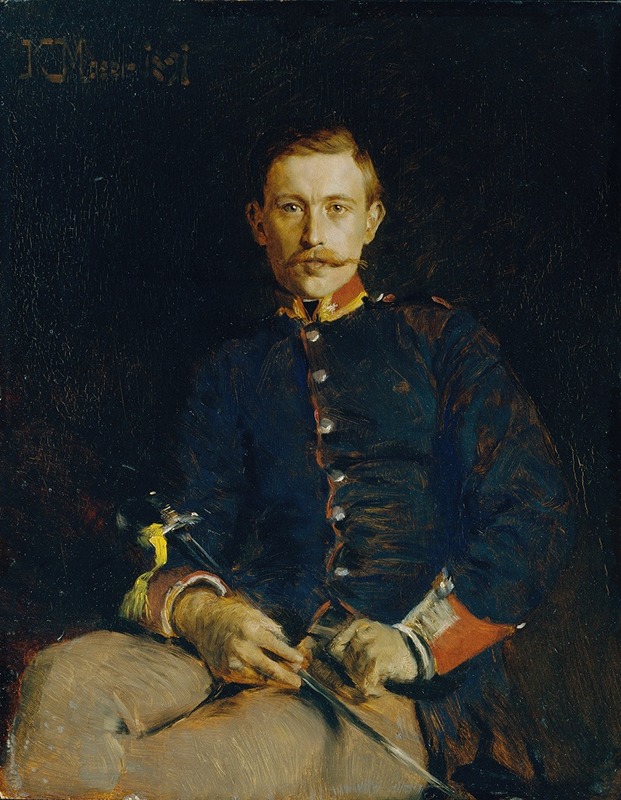
Franz Dangl in Uniform
A hand-painted replica of Koloman Moser’s masterpiece Franz Dangl in Uniform, meticulously crafted by professional artists to capture the true essence of the original. Each piece is created with museum-quality canvas and rare mineral pigments, carefully painted by experienced artists with delicate brushstrokes and rich, layered colors to perfectly recreate the texture of the original artwork. Unlike machine-printed reproductions, this hand-painted version brings the painting to life, infused with the artist’s emotions and skill in every stroke. Whether for personal collection or home decoration, it instantly elevates the artistic atmosphere of any space.
"Franz Dangl in Uniform" is a painting by the Austrian artist Koloman Moser, created in 1916. Moser was a prominent figure in the Vienna Secession movement, which sought to break away from traditional artistic styles and promote modernism in art. He was known for his versatility, working in various mediums including painting, graphic design, and applied arts.
The painting depicts Franz Dangl, a soldier in uniform, during the tumultuous period of World War I. The exact details of Dangl's identity and his relationship to Moser are not well-documented, but the painting is significant as it reflects the broader context of the time. The uniform suggests that Dangl was part of the Austro-Hungarian military, which was heavily involved in the conflict.
Moser's style in this painting is characterized by a blend of realism and expressionism. The attention to detail in the uniform and the somber expression on Dangl's face convey the gravity of the wartime experience. The use of color and light in the painting is also notable, with Moser employing a muted palette that enhances the serious mood of the piece.
Koloman Moser was a founding member of the Vienna Secession, along with Gustav Klimt and other artists who sought to create a new artistic language that was free from the constraints of academic art. The Secessionists were influenced by various modernist movements, including Art Nouveau, and they emphasized the importance of integrating art into everyday life. Moser's work often featured intricate patterns and a strong sense of design, which can be seen in his other works across different mediums.
In addition to his contributions to painting, Moser was also a key figure in the Wiener Werkstätte, a cooperative of artists and craftsmen dedicated to producing high-quality, handcrafted objects. His work in graphic design and applied arts, such as furniture and textiles, was highly influential and helped to shape the aesthetic of early 20th-century Vienna.
"Franz Dangl in Uniform" stands as a testament to Moser's ability to capture the human experience during a time of great upheaval. The painting not only serves as a portrait of an individual but also as a reflection of the broader historical context of World War I. Moser's work continues to be celebrated for its artistic innovation and its contribution to the development of modern art in Austria and beyond.
Overall, "Franz Dangl in Uniform" is a poignant example of Koloman Moser's artistic legacy, showcasing his skill in portraiture and his engagement with the social and political issues of his time. The painting remains an important piece within the canon of early 20th-century European art.







